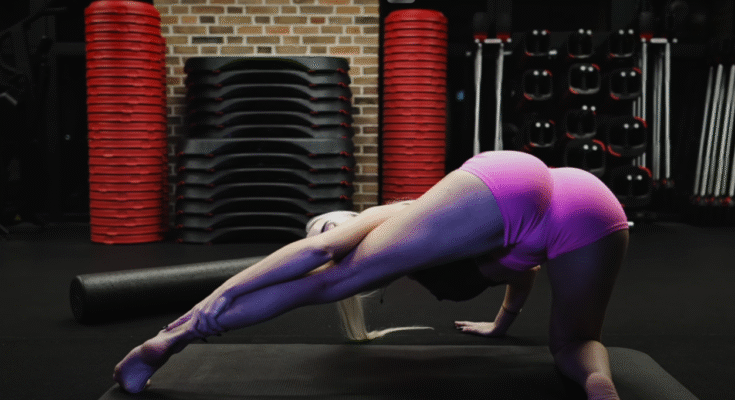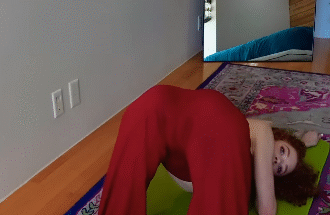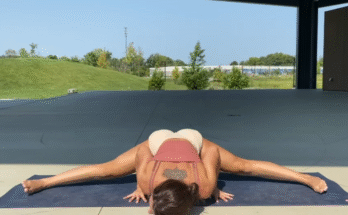Improving hip flexibility is essential for overall mobility, athletic performance, and injury prevention. Deep stretching specifically targets the muscles and connective tissues around the hips, including the hip flexors, glutes, hamstrings, and inner thighs. Whether you’re an athlete, a yogi, or someone who spends long hours sitting at a desk, incorporating a hip flexibility deep stretch routine into your daily or weekly schedule can have significant benefits for your body and mind.

The hips are a major joint in the body, serving as a powerful hub for movement. When the muscles around the hips become tight—often due to inactivity, repetitive movements, or aging—they can restrict mobility, cause pain, and lead to poor posture. Deep hip stretching helps to reverse these effects by lengthening and loosening the muscles, increasing the joint’s range of motion.

A good deep stretch routine typically starts with a gentle warm-up to prepare the muscles. Dynamic stretches like leg swings or light yoga flows help to increase circulation and gradually open up the hip area. After warming up, you can move into static deep stretches, holding each pose for 30 seconds to 2 minutes to allow the muscles to fully release.
Some of the most effective deep stretches for hip flexibility include the Pigeon Pose, Lizard Lunge, Butterfly Stretch, and Frog Pose.
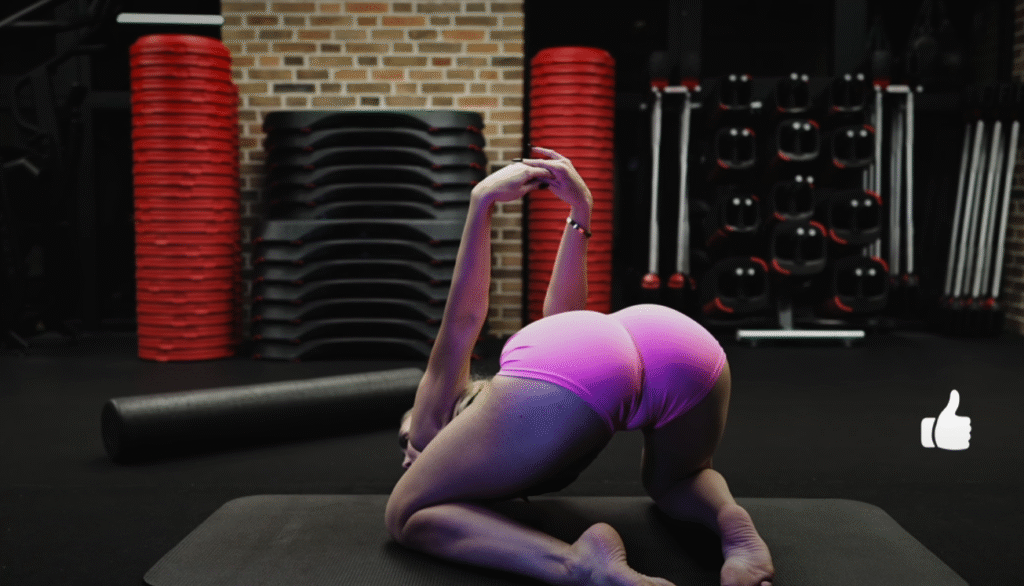
Pigeon Pose is excellent for targeting the hip rotators and glutes.
Lizard Lunge focuses on the hip flexors and inner thighs.
Butterfly Stretch opens the groin and strengthens the lower back.
Frog Pose is especially intense and effective for deeply opening the inner hips and groin.
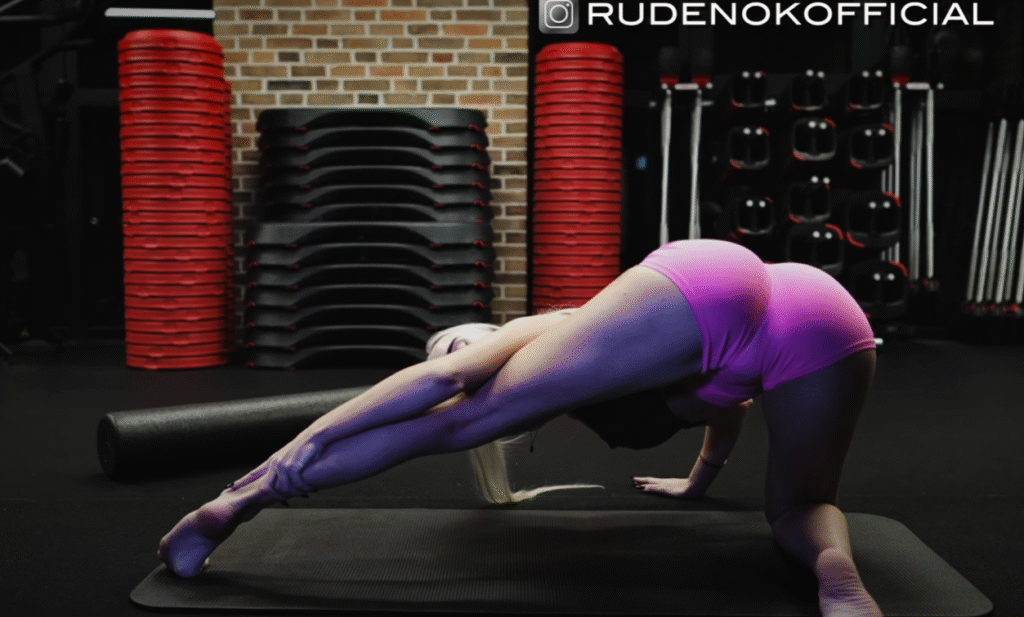
Breathwork is a crucial part of deep hip stretching. As you sink into each stretch, focus on slow, deep breaths. Inhaling helps lengthen the spine and expand the body, while exhaling allows you to relax deeper into the stretch. Breathing also helps calm the nervous system, reducing any tension that might be preventing the muscles from fully releasing.
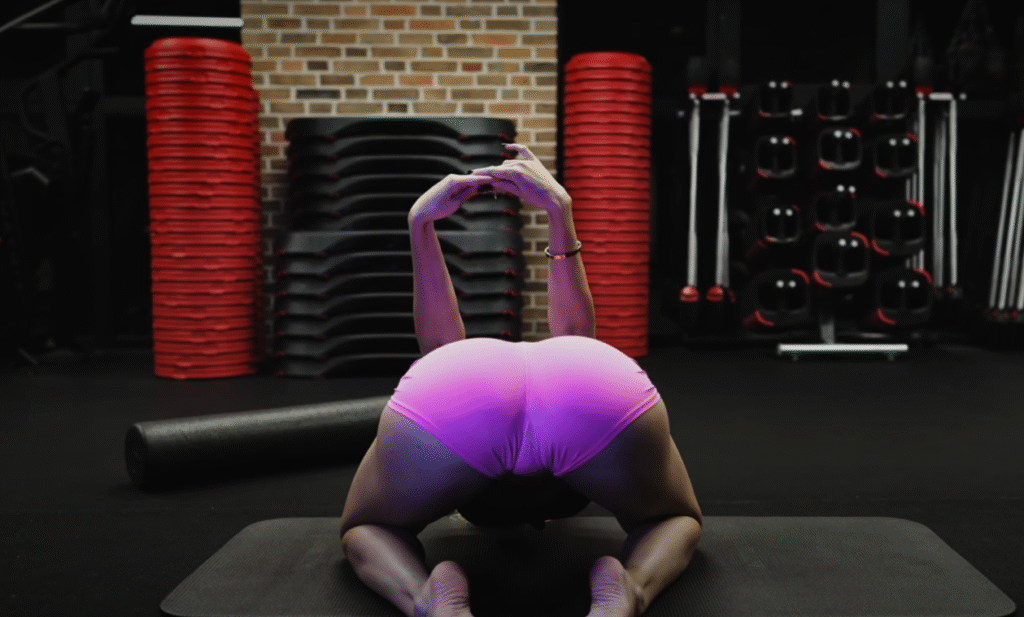
Consistency is key when it comes to improving flexibility. It’s better to stretch for 10–15 minutes daily than to do one long session once a week. Over time, you’ll notice increased ease of movement, reduced discomfort in your lower back and hips, and improved performance in physical activities like walking, running, dancing, and yoga.
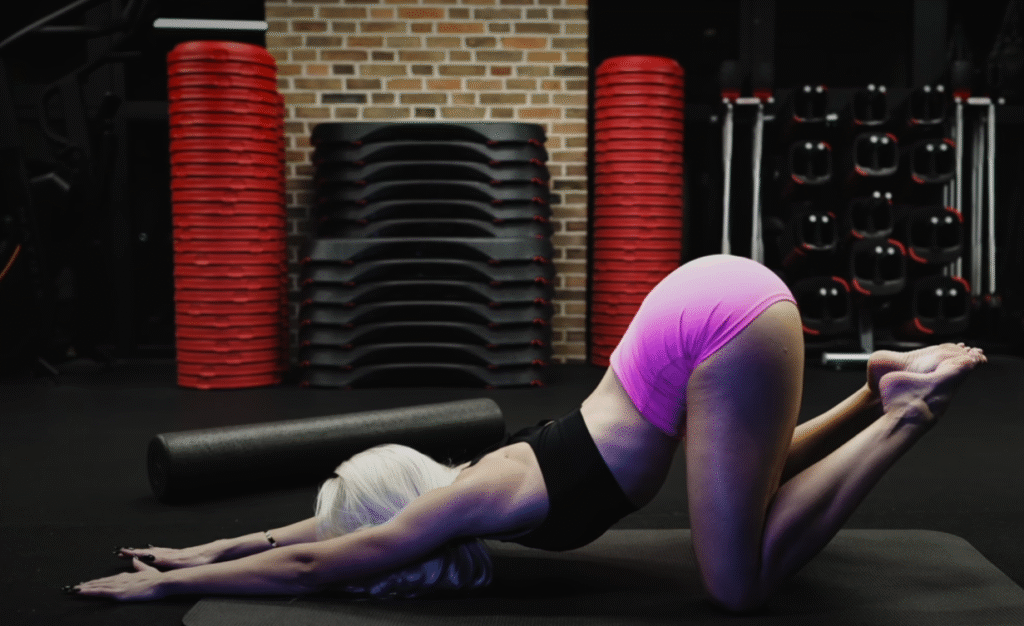
Aside from physical benefits, deep hip stretches can also have emotional and energetic effects. In many wellness traditions, the hips are said to store emotions like stress, fear, and anxiety. Deep stretching in this area can lead to emotional release and a greater sense of calm and freedom.
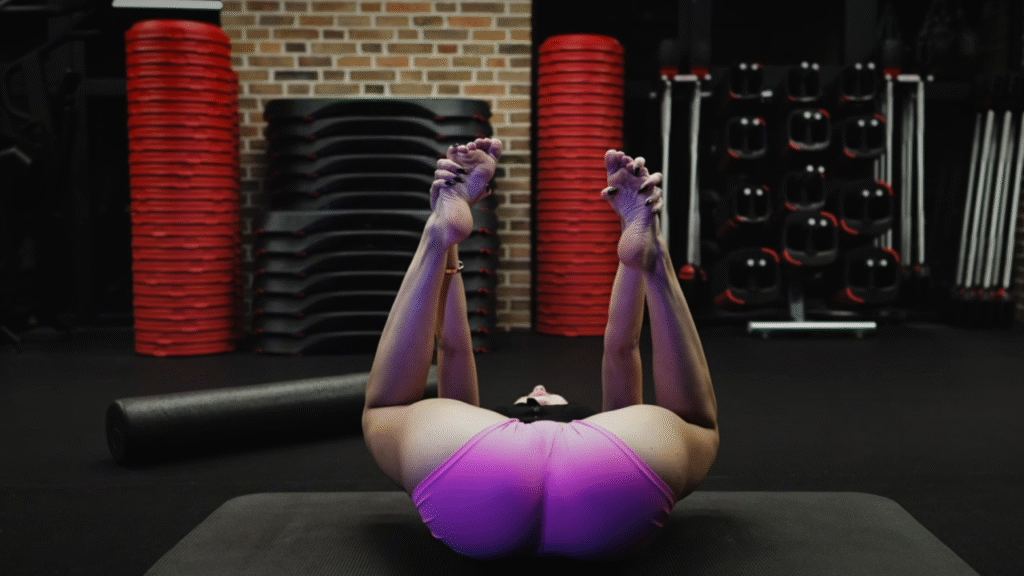
In conclusion, a hip flexibility deep stretch routine is a powerful practice for enhancing your physical well-being and emotional balance. With regular practice, patience, and mindful breathing, your hips can become more open, mobile, and pain-free—unlocking greater movement and vitality in your daily life.
Would you like a visual guide or stretch routine to go with this?
